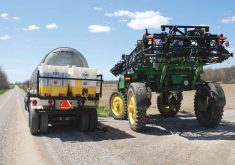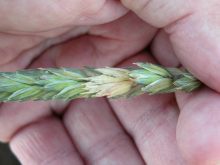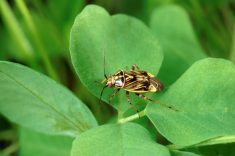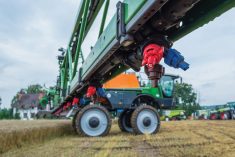More soybean crops for Manitoba this summer mean farmers must be extra vigilant about what everyone else is planting, says a provincial pulse crops specialist.
In a talk dubbed ‘A soybean isn’t a soybean anymore,’ during St. Jean Farm Days, Manitoba Agriculture pulse crops specialist Dennis Lange and farm production specialist Terry Buss cautioned farmers about the risks of not knowing what’s in adjacent fields.
This year Dicamba-tolerant Extend soybeans will be added to the mix, and invariably planted beside fields of Roundup Ready or conventional soybeans.
Read Also
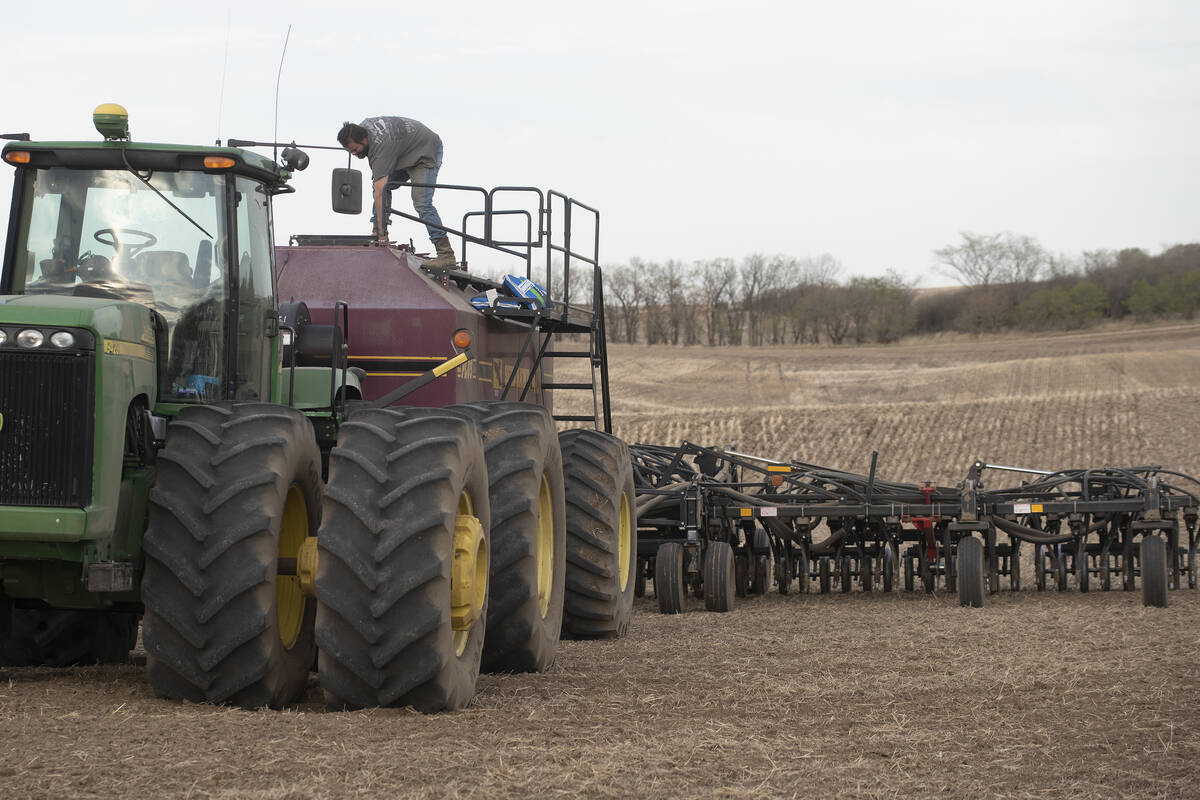
Nutrien pays farmers for efficient nitrogen
Nutrien’s Sustainable Nitrogen Outcomes (SNO) program pays Prairie farmers to limit nitrogen loss and, therefore, fertilizer-related greenhouse gas emissions.
It’s very important to ask your neighbours what they have in because spray drift from your field can kill what’s in theirs, Lange said.
“One of these plants is not like the other. And when you’re spraying and you’re looking over at your neighbour’s field, you may not know if that’s an Extend soybean or a conventional soybean or whether it’s an edible bean.”
Dicamba products are also a bit more volatile and there’s more potential for drift, he said. “You want to make sure that crop you may be drifting on is an Extend soybean and not a regular soybean. Because you will kill those beans.”
More varieties
Growers also have more than ever to think about selecting varieties too. This means more homework too.
“Our trials this year had over 67 lines,” said Lange. “Picking a variety is a little more complicated than it used to be.”
His main advice is picking the earliest variety suited to one’s growing region while researching whatever else they want from their crop.
In western Manitoba, where acres are expanding, farmers should avoid mid- to long-season varieties, he said.
“You want to grow something very early,” he said.
The Seed Manitoba variety description table now provides a lot of information outlining different growing regions to help make variety selections, he added.
“Use that map in accordance with the variety description table to help pick that variety,” he said. “The biggest thing you don’t want is to pick a variety too long for your region and then get a frost in mid-September.”
Disease risk
Manitoba’s dramatic growth of soybean acres is expected to continue this year, with projections that farmers could plant two million acres in 2017. If that trend continues by 2022 there’s potential to even reach three million.
But crop diseases could roll that projection back, said Buss.
“We’ve had a pretty nice honeymoon disease-wise. We haven’t had too many problems,” he said.
“But we feel like we’re passing a post here and we’re going to be starting to see problems really start to develop.”
Diseases of the plant root will be the ones to watch for, he said.
“The one Dennis and I are particularly concerned about is Phytophthora (a fungal-like pathogen most active in wet soil),” said Buss.
It likes soybeans and the more soybeans farmers provide it in a given crop rotation, depending on how you design it, the more the fungus will build up in the soil, he said.
“We’re seeing a lot of it,” he said.




